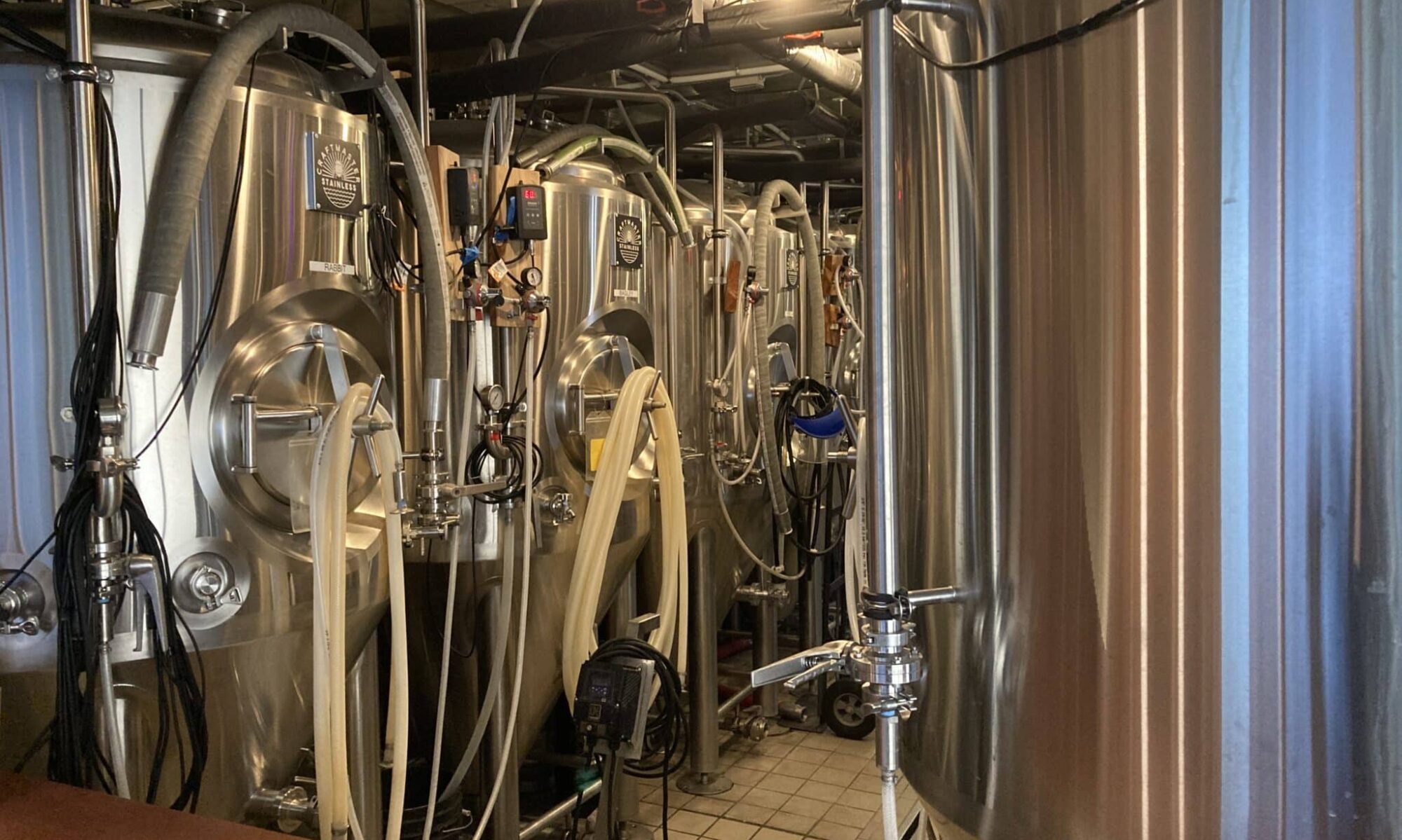If you liked that preview then head HERE to check out their Kickstarter page.
Another R.I.P. – Strand Brewing
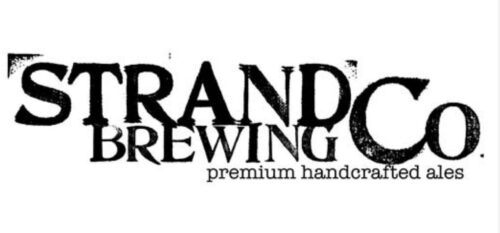
December and now January have not been kind to Los Angeles breweries. Today comes word via Instagram that Strand Brewing in Torrance is now done for good.
If you were here for the heady early L.A. brewing days, the sight of Rich Marcello in his crisp white shirt talking about 24th Street Pale for a moment before he had to get behind the wheel again was a common one. The little brewery tucked into a tiny spot was must stop by one as Torrance beer blew up.
When they moved to the huge space close to Yorkshire Square, that magic was dimmed a bit. The space was huge and Strand could only fill so much of it even when they started distilling. For me, the brightness of the beers seemed to dim as well. The pale was still solid but the IPAs started to fall behind nearby Smog City.
Here is to someone or some group finding a way to make that location viable again maybe by having one or two co-tenants that could draw more crowds combined.
And here’s to Rich and all the others who made Strand Brewing great.
Chosen Again
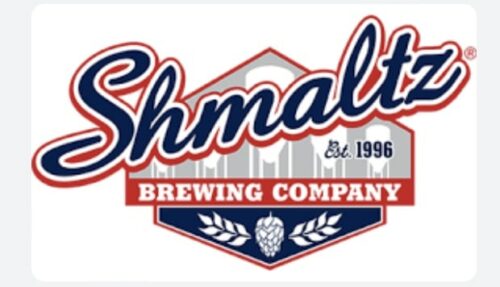
Shmaltz Brewing Company, the jokey and punny Jewish craft beer brand seemed to be done when founder Jeremy Cowan moved to other projects after 25 years.
He’Brew: The Chosen Beer is now owned by Jesse Epstein, a 26-year-old Reform rabbinical student at Hebrew Union College. Epstein started home brewing during the pandemic and saw an opportunity to reinvigorate religion which is struggling with attendance.
I saw a great quote from Epstein, “What about our Jewish values can be used to inform our food practices?” he asks. “How, through beer, can we embrace the values of welcoming in the stranger, freeing the captive, opening the eyes of the blind?” A refreshing thought when religion seems quicker to divide and discriminate.
It will probably be a slow build but hopefully Epstein can accomplish it.
Profits and Losses
There has been moving and shaking in the Los Angeles beer world as the clock runs out on 2022.
First was news that the original owners of Yorkshire Square Brewing in Torrance were leaving and that the brewery is in the hands of the Copley Family who are also involved with Project Barley.

Then the day after Christmas brought the news that King Harbor Brewing was closing up shop in its three locations after eight years in business.
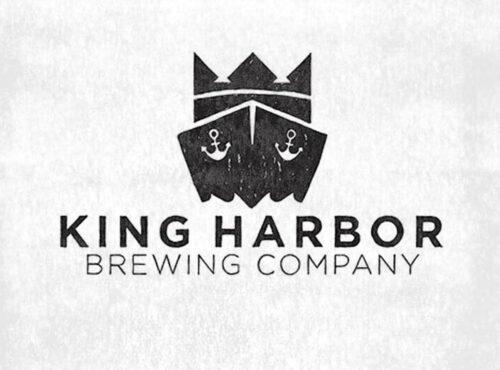
Will there be a dip on top of three years of pivoting? The economic situation doesn’t look great for cost of goods plus a labor market that requires more pay with higher turnover. It is enough to make one look long and hard at opening and operating a brewery. And I do expect more new in Q1 of 2023.
Obviously, not a rosy picture but I was never under the impression that each and every Los Angeles brewery was going to last forever. Change is the only constant and maybe turnkey breweries or brewing equipment for sale or rents coming down as landlords choose lower rent over pie in the sky valuations will create a new surge next year or in 2024.
An Eagle Empire
A little on the hush-hush news as we head into Christmas. I have learned that Eagle Rock Brewery will be taking over the freeway adjacent Empire Tavern spot in Burbank.
I will follow up with a first visit report.
It’s the Water
Breweries will sometimes tout their water quality but it appears that Foster’s Lager really likes the H2O, read HERE.
Now adding water is not inherently bad. Bourbon and other spirits have calculations to make to reach certain proof points.
But what I will call the Foster’s Two-Step of lowering ABV while also raising prices is pushing it. It may not seem a shock that they are doing it but the reasoning behind is a bit more complicated than corporations are greedy bastards.
Companies will raise prices for two big reasons. One is cost to make the beer. If it is rising, as it has been, they will cover costs which is only natural. The un-natural bit is that many companies see those rising costs or inflation or a bad mood on a Tuesday as cover to raise prices.
As long as a PR VP can lay the blame elsewhere, a company can add a nickel or dime to the price which gives cover to others to do the same.
Now, if companies paid fairly this would be moot. If Foster’s had a quality or taste profile that makes watering down integral, this would be moot.
In the end, what Foster’s and others will find is that they are antagonizing customers while also putting their prices closer to those of craft beer. And that is not the two-step they want.
New Hop Alert – McKenzie
I will let the video do the heavy educational lifting today…
TTB 23
Starting next year, The TTB (Tobacco, Tax and Trade Bureau) will be on the lookout for a pair of items that will affect breweries.
- Change of ownership will need to be disclosed in a timely manner or penalties will accrue. Might not be a big deal for many but needs to be watched out for.
- Pay your taxes or they will hold up any expansion plans to other locations that you have in mind.
Both scenarios could come into play if you do not keep up to date with everything so get your paperwork ducks in a nice row.
R.I.P. – MacLeod Ale Brewing Company
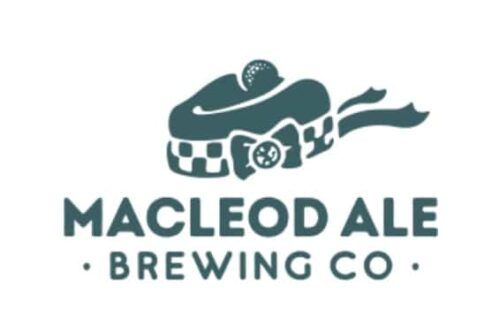
There were some troubling signs from MacLeod Ale Brewing Company in recent days but today the hammer came down as they announced the closure of both the original Van Nuys brewing operation and the just recently opened satellite pizza and bar in Highland Park.
The reasons cited for the closures:
1] We’re over budget in several categories
2] We have too much debt due to expansion
3] Sudden crash of sales [down 15% in Oct, 21% in November! Bad timing!]
4] Our 2nd location opened too late and is underperforming.
You have to be a risk taker to brew beer commercially and you also need angel investors to backstop when good bets go wrong. Hopefully a new chapter can emerge from the brewery and it employees.
Novak & Fig
Figueroa Mountain Brewing has added some firepower to their brewing team Victor Novak of Taps fame has returned to the craft beer conference to be the Innovation Director/Head Brewer for their three Los Angeles outposts at UCLA, Ventura Boulevard Lagerhaus and the Pico Boulevard Agua Sante Cerveceria.
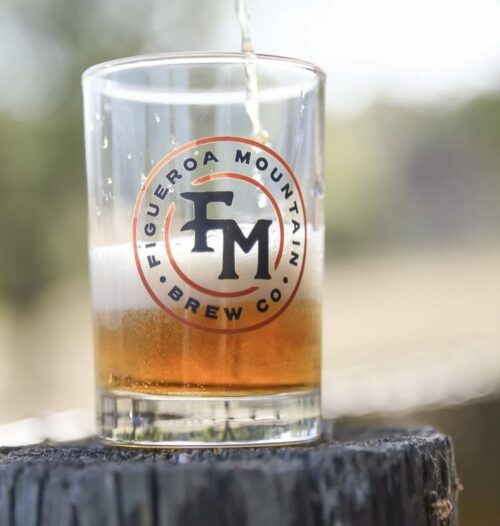
That means some high quality tasty and small batch beer is coming.
